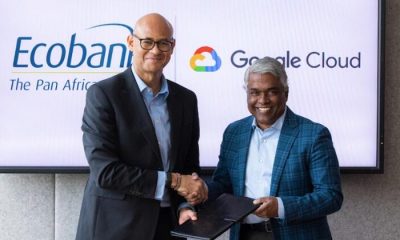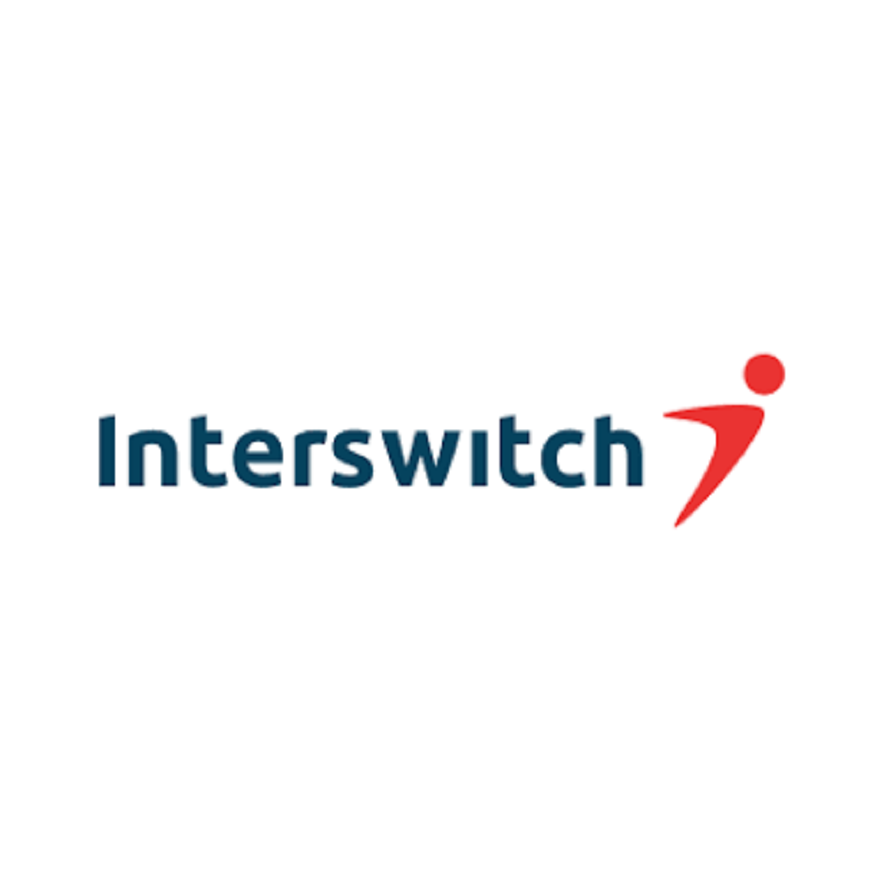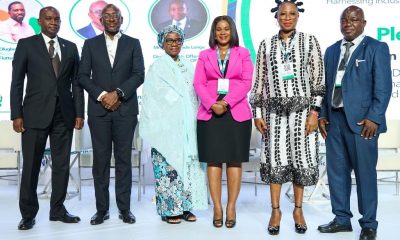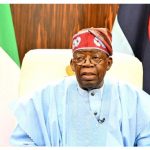Brands/Products
Financial Inclusion and Branding – What is the Synergy?

By Fiona Hitchcock
Financial inclusion is one of the most amplified ideologies in many geographical areas. This has led to the implementation of noteworthy efforts to build institutions and systems for the inclusion of diverse socio-economic classes.
According to financial analysts, the past two decades have seen a rapid increase in the interest in financial inclusion, both from policymakers and researchers.
It is evident that structural, as well as policy-related factors, such as encouraging banking competition or channelling government payments through bank accounts, play an important role in achieving financial inclusion.
In Nigeria, the Central Bank of Nigeria (CBN) had set a financial inclusion target of reaching 80 per cent of the total adult population by 2020, but presently, the country is not on track to meet this target which was set out in the National Financial Inclusion Strategy (NFIS) of 2012.
The NFIS had set two financial inclusion targets for the year 2020: an overall financial inclusion rate of 80 per cent of the adult population and a formal financial inclusion rate of 70 per cent of the adult population.
As of 2016, just 58.4 per cent of Nigeria’s 96.4 million adults were financially served and only 48.6 per cent of all adults used formal financial services.
How do we make financial inclusion exciting? How do we encourage consumer consumption? The answer is well thought out through executed branding for financial institutions.
Various financial institutions and societies have taken steps toward financial inclusion, but to be successful, they need to understand how to accurately target and market to their potential customers.
Conventionally, most financial institutions are known to be conservative in their marketing and branding approaches towards this market. As a result of this, customers approach these institutions with a perception of distrust and apprehension.
To address this disengagement between financial solutions and their consumers, financial institutions should ensure that great attention is paid to branding techniques. This is also very important in building a distinctive brand.
Most consumers become less apprehensive to consume a financial product or service when the repetitiveness and recognizability of the branding elements become part of the familiarity of their community environment.
From logos to taglines, tone of voice, advertising styles, these elements present a powerful conviction to customer acquisition. Without these, financial institutions will not connect in a relevant way with their target market and financial inclusion remains unprogressive.
Brands are expected to have a life outside management functions, have a personality and opinion that consumers can relate to. Financial institutions not excluded.
It is, therefore, critical that financial institutions communicate constantly to their target audience to enable a more progressive leap towards financial inclusion. The more people see you, the more they become comfortable, the more they are convinced to try you and (upon successful customer experience) the more they trust you.
Some brands run one successful campaign and then go quiet after that. Out of sight, out of mind. Whatever the case, there must always be something you are saying to your customers.
At Hitchcock Michalski, we believe that the more consumers can rely on an implicit reaction to a brand, the more likely they are to buy that brand – this is a key essence of our outstanding branding practices. Having worked for big financial brands like Access Bank who are making giant strides towards achieving CBN’s 2020 goal, we are even more convinced that distinctive branding plays an important role in aiding financial inclusion.
The year 2020 has taught us that to achieve financial inclusion, institutions in the finance and fintech sector must work towards winning the trust of consumers.
This can only be earned through the non-exhaustive implementation of marketing and branding strategies. For financial inclusion to work, institutions must win the conviction of the end-user.
Conviction is only earned through constant engagement. It is critical to understand the pain points of your customers, to truly understand their needs and what they find difficult when dealing with a financial institution.
We have to develop a well thought out strategy towards bridging the gap between financial solutions and the consumers, always with solving the customers’ needs and challenges in mind, failing which all efforts geared at inclusion for the unbanked and underbanked will remain ineffectual.
Fiona Hitchcock is the Managing Partner for leading brand strategy, design and communication agency, Hitchcock Michalski and has worked with multiple financial brands across Africa.
Brands/Products
JMG Installs Solar Power Systems at Three NIPCO Fuel Stations
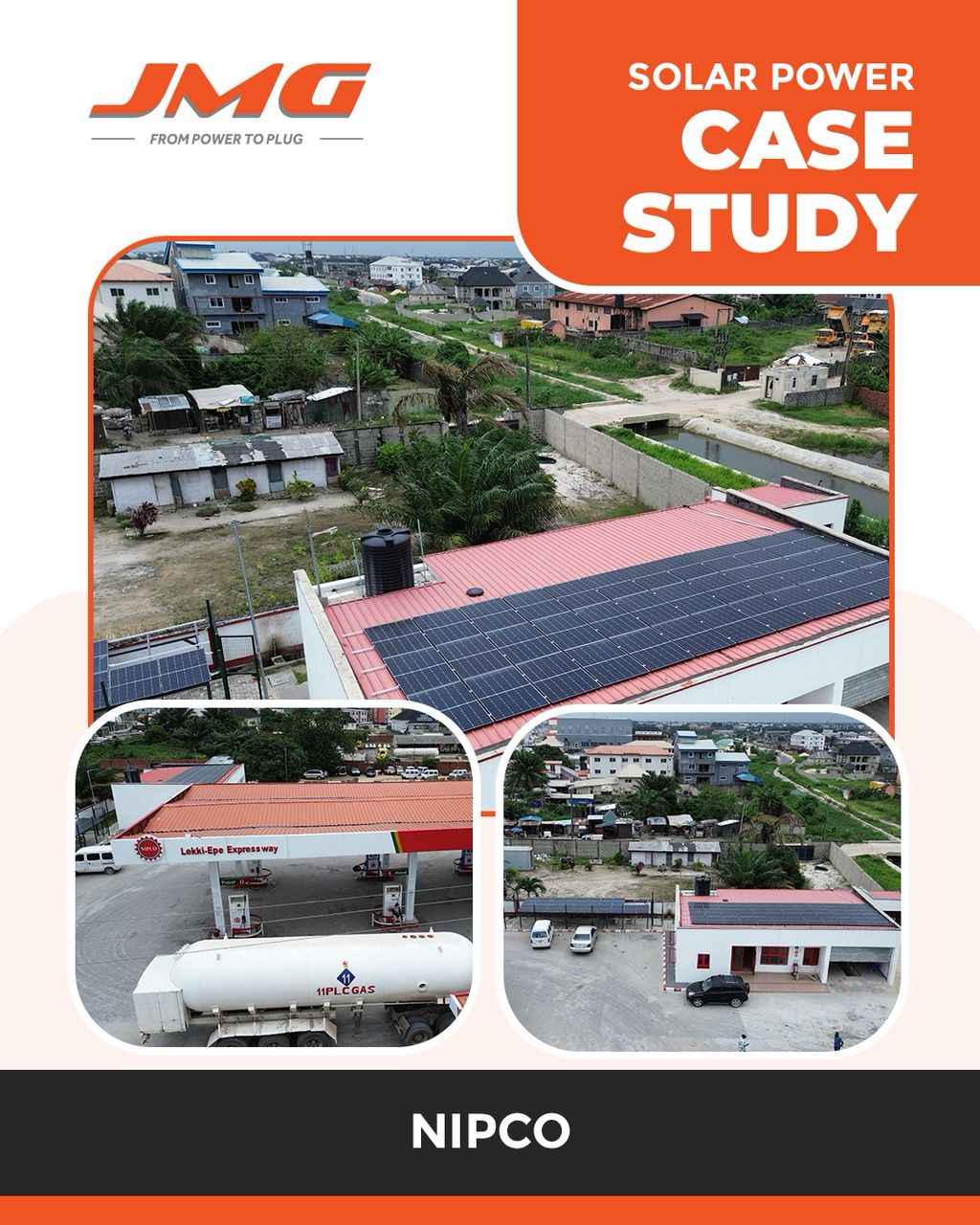
By Aduragbemi Omiyale
Nigeria’s trusted hybrid and integrated electromechanical energy provider, JMG Limited, has completed the installation of solar power systems at three key fuel stations of NIPCO Plc.
The clean energy source was installed at NIPCO’s petrol dispensing outlets in Gwagwalada Abuja, Lekki Lagos, and Mpape Abuja.
This will help the organisation eliminate diesel reliance, and unlock more than N44 million in annual energy cost savings.
The installations feature advanced hybrid systems, combining solar arrays, lithium battery storage, and smart inverters to provide 24/7 energy for fuel pumps, lighting, and office operations. Each site has reported zero use of electricity or generator power since the systems were installed.
The three NIPCO stations now run on an advanced hybrid solar system that combines high‑efficiency PV panels, intelligent lithium‑battery storage and smart inverters.
Since commissioning, the sites have operated with zero grid or generator power, providing silent, clean, uninterrupted electricity for pumps, lighting and administration.
“We are proud to help NIPCO lead the energy transition at the retail level.
“The scalable architecture can be sized to each location and has already delivered significant savings, about 88,535 kWh/year, N44.4 million in annual cost savings and a 43.8‑tonne reduction in CO₂ emissions,” the Head of JMG’s Hybrid Solar Division, Mr Abbass Hussein, stated, adding that, “Collaborating with NIPCO on this initiative demonstrates a practical pathway for other firms to reduce both emissions and energy expenses.”
Also commenting, NIPCO’s Station Manager at Gwagwalada, Mr Idoko Jacob, said, “The stations have not relied on electricity or generator power on bright-weather days since commissioning. The solar systems fully meet our daily energy needs during such periods. On days with poor weather, we supplement the solar system with generator power to ensure uninterrupted operations.”
Business Post gathered that the NIPCO Gwagwalada Station has a solar output of 42,450 kWh/year, annual savings of N15.6 million, and CO₂ reduction of 15,332.76 kg/year, with a system installed consisting of a 20kW Deye LV Hybrid Inverter, 26.8kWp Solar PV, and 51.2kWh Lithium Battery Storage.
The NIPCO Lekki Station has a solar output of 3,635 kWh/year, annual savings of N12 million, and CO₂ reduction of 13,130.1 kg/year, with a system installed consisting of a 25kW Must Hybrid Inverter, 22.95kWp Solar PV, and 76.8kWh Lithium Battery Storage.
As for the NIPCO Mpape Station, it has a solar output of 42,450 kWh/year, annual savings of N16.8 million, and CO₂ reduction of 15,332.76 kg/year, with a system installed consisting of a 20kW Deye LV Hybrid Inverter, 26.8kWp Solar PV, and 61.44kWh Lithium Battery Storage.
Brands/Products
MAGGI Unveils ‘Taste of Christmas’ Campaign

MAGGI, the culinary brand from Nestlé Nigeria, has announced the launch of its festive campaign, Taste of Christmas, designed to celebrate the sights, sounds, and flavours that define the Nigerian Christmas experience.
Central to the campaign is a collaboration with Nigeria’s fast-rising pop star Qing Madi and the renowned Loud Urban Choir, resulting in a new Christmas anthem titled Taste of Christmas.
Now available across all major music streaming platforms, the song blends contemporary sound with cultural warmth, evoking the joy of family, togetherness, and shared meals that characterize the season.
Extending beyond music, the Taste of Christmas campaign will roll out a curated series of festive recipes and culinary inspiration over a 12-day period. The collection features creative twists such as Coco Bongus, alongside beloved Nigerian classics, encouraging families to explore new flavours while enjoying MAGGI’s trusted range of seasonings.
Commenting on the campaign, the Category Manager for Culinary at MAGGI, Ms Funmi Osineye, said, “Christmas is a time when family, culture, and shared experiences come alive. With the Taste of Christmas campaign, we set out to create a platform that resonates strongly with today’s young adults while still celebrating the warmth of home. Partnering with Qing Madi and The Loud Urban Choir allows us to connect music and food in a way that feels authentic, modern, and deeply Nigerian.”
The campaign further reflects MAGGI’s commitment to celebrating home-grown talent, nurturing culinary creativity, and strengthening the role of food as a unifying force in Nigerian homes.
Consumers can access festive recipes, campaign content, and the Taste of Christmas anthem on MAGGI’s digital platforms and social media channels. Conversations around the campaign can be followed using #MAGGIChristmas.
MAGGI is a leading culinary brand from Nestlé Nigeria, committed to inspiring better cooking habits and bringing families together through delicious, nutritious meals.
Brands/Products
FG Suspension of Sachet Alcohol Ban Excites NECA

By Modupe Gbadeyanka
The decision of the federal government to suspend the ban on alcohol produced in sachets has been welcomed by the Nigeria Employers’ Consultative Association (NECA).
The Director-General of the group, Mr Adewale-Smatt Oyerinde, described it as a right step in the right direction because it respects existing National Assembly resolutions and restores regulatory clarity.
Recall that recently, the Office of the Secretary to the Government of the Federation (OSGF) ordered the suspension of the policy due to concerns raised by the House of Representatives Committee on Food and Drugs Administration and Control.
In a statement, the NECA chief said the immediate suspension of all enforcement actions relating to the proposed ban on sachet alcohol and 200ml PET bottle products, pending the conclusion of consultations and the issuance of a final policy directive, was good for the industry and the economy.
According to him, the sachet and PET segment of the alcoholic beverage industry accounts for a significant portion of the estimated N800 billion invested in the sector and supports thousands of direct and indirect jobs in manufacturing, packaging, logistics, wholesale and retail.
He stressed that in an economy already struggling with high unemployment and rising business costs, abrupt policy measures that threaten existing jobs and legitimate investments would be counterproductive.
“We fully acknowledge the need to address public health concerns, especially regarding children and young people, but the solutions must be evidence-based and carefully designed so as not to drive activities into the informal and unregulated economy or encourage illicit products.
“We are looking forward to a deepened consultation to enable the protection of jobs, livelihoods and legitimate investments, etc., while also ensuring that public health objectives are effectively and sustainably achieved,” Mr Oyerinde said.
-

 Feature/OPED6 years ago
Feature/OPED6 years agoDavos was Different this year
-
Travel/Tourism9 years ago
Lagos Seals Western Lodge Hotel In Ikorodu
-

 Showbiz3 years ago
Showbiz3 years agoEstranged Lover Releases Videos of Empress Njamah Bathing
-

 Banking8 years ago
Banking8 years agoSort Codes of GTBank Branches in Nigeria
-

 Economy3 years ago
Economy3 years agoSubsidy Removal: CNG at N130 Per Litre Cheaper Than Petrol—IPMAN
-

 Banking3 years ago
Banking3 years agoFirst Bank Announces Planned Downtime
-

 Banking3 years ago
Banking3 years agoSort Codes of UBA Branches in Nigeria
-

 Sports3 years ago
Sports3 years agoHighest Paid Nigerian Footballer – How Much Do Nigerian Footballers Earn





